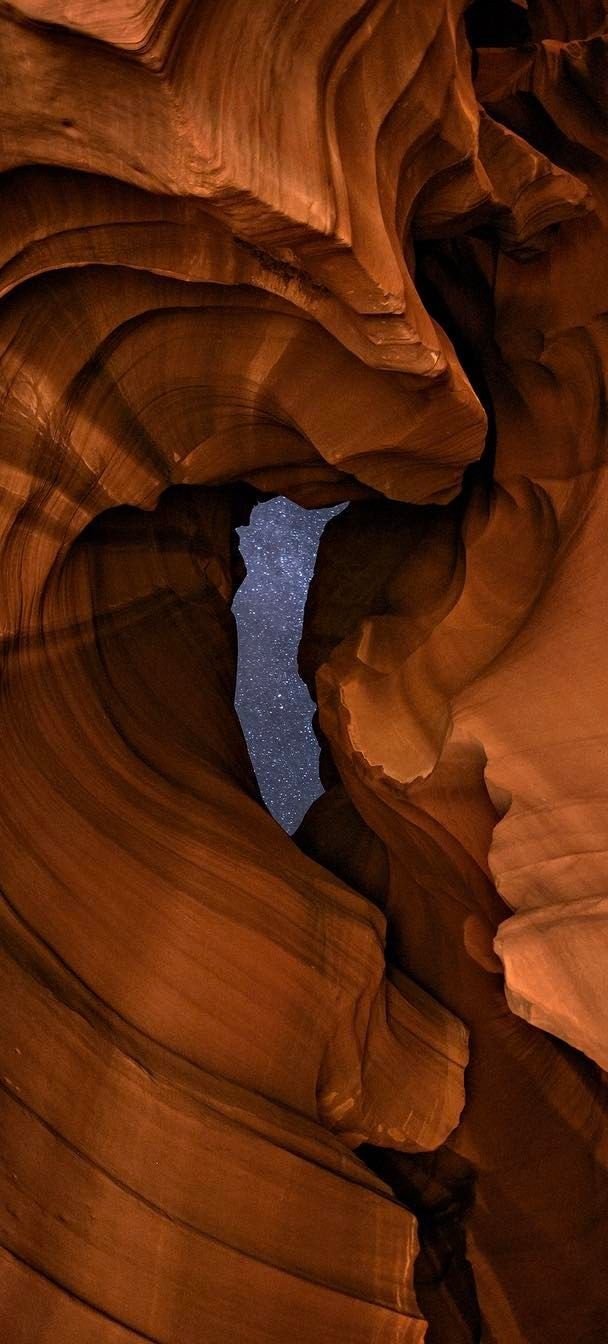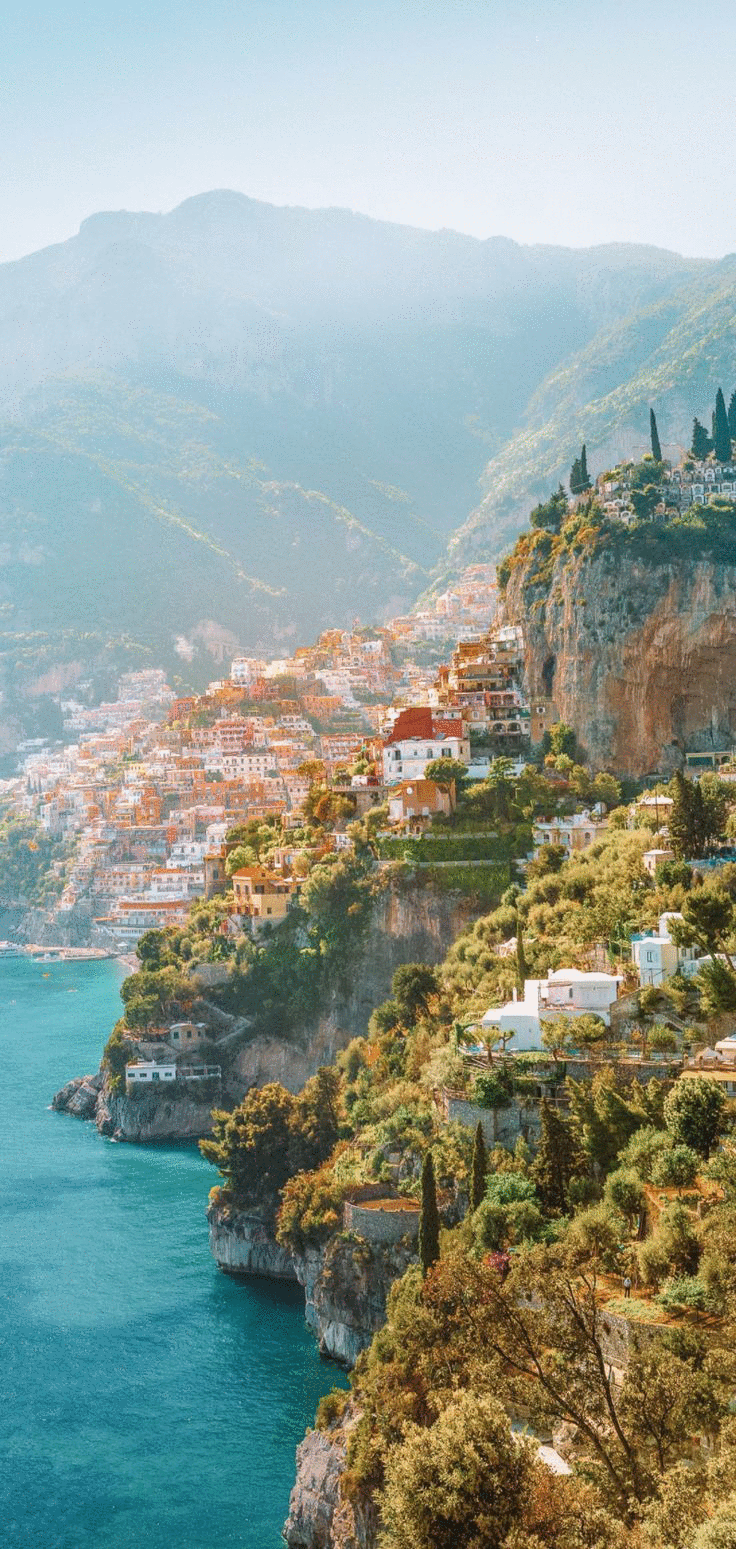Antelope Canyon, USA: Discover the Hidden Wonder of Nature
Located in the heart of the American Southwest, Antelope Canyon in Arizona is one of the most awe-inspiring natural wonders in the United States. Known for its surreal beauty, intricate rock formations, and mesmerizing light play, Antelope Canyon draws millions of visitors each year. This slot canyon, carved by centuries of water erosion, has become a symbol of the extraordinary forces of nature. Whether you’re a photographer, an adventurer, or someone seeking to connect with nature, Antelope Canyon promises an unforgettable experience. Let’s dive deeper into what makes this geological marvel so special and why it continues to captivate those who venture into its narrow, twisting corridors.
A Glimpse into Antelope Canyon’s History
Antelope Canyon is located on Navajo Nation land near Page, Arizona, and is divided into two sections: Upper Antelope Canyon (the more popular and accessible section) and Lower Antelope Canyon (a bit more adventurous). The canyon was formed over thousands of years by flash flooding and erosion, which carved the narrow passageways and intricate shapes that make it famous today.
The Navajo people have long been aware of the beauty and spiritual significance of Antelope Canyon. The name “Antelope Canyon” is derived from the herds of antelope that once roamed the area. According to Navajo tradition, the canyon is a sacred place, and it is considered a holy site. Historically, Antelope Canyon was known only to local Native American tribes, but over the years, it has become a popular destination for photographers, nature lovers, and tourists from around the world.
In recent decades, the canyon has gained significant attention through its breathtaking photographs, especially after being featured in numerous travel publications and exhibitions. Its strikingly colorful, wave-like rock formations, combined with the play of light filtering through the narrow openings above, have made it one of the most photographed natural landmarks in the world.
Daily Life and Impact in Antelope
While Antelope is primarily known for its natural beauty, it also holds a significant place in the daily life of the Navajo people. The canyon is situated on Navajo land, and the local Navajo Nation plays an important role in its management and preservation. The canyon is part of the Navajo Parks and Recreation Department, and it is protected as a sacred site.
The daily life of those working in and around Antelope involves guiding visitors, preserving the natural environment, and ensuring the canyon’s safety. Navajo guides lead tours through the canyon, sharing their knowledge of the land, its history, and its cultural significance. These guides are not just experts in the terrain but also in the traditions and customs of the Navajo people.
The impact of tourism on Antelope has been both positive and challenging. On one hand, it has brought much-needed economic support to the Navajo Nation. Many locals are employed as tour guides, photographers, and workers in the visitor center. On the other hand, the increase in visitor numbers has raised concerns about overcrowding, environmental damage, and the preservation of this delicate natural wonder. The Navajo Nation has implemented strict rules to mitigate these impacts, such as limiting the number of visitors each day, requiring guided tours, and prohibiting the use of drones to protect the canyon’s integrity.
Significance of Antelope
Cultural Significance: Antelope holds immense cultural significance for the Navajo people. It is considered a place of spiritual power and beauty, with many indigenous communities regarding the canyon as a sacred site. The canyon’s winding paths and the stunning play of light are seen as representations of life’s journey and the forces of nature. The tradition of storytelling and ceremony in Navajo culture is deeply connected to the landscape, and Antelope Canyon continues to inspire those who seek spiritual connections with the land.
Geological Significance: Antelope is a prime example of the stunning power of water erosion. Over thousands of years, flash floods have sculpted the soft sandstone into intricate, twisting passageways, creating the dramatic, wave-like formations that visitors see today. The canyon’s unique “light beams,” which occur when sunlight filters down into the narrow openings above, are a testament to the delicate balance between nature’s forces and the canyon’s structure. Geologists and nature enthusiasts alike are fascinated by the way water has shaped the canyon’s unique features.
Tourism and Economic Significance: Antelope has become one of the most popular tourist destinations in the American Southwest. It attracts photographers, adventurers, and tourists from all corners of the globe, contributing significantly to the local economy. The Navajo Nation has developed a tourism industry around the canyon, offering guided tours, accommodations, and local crafts, all of which help support the community.
Environmental Significance: The fragile environment of Antelope requires careful stewardship to ensure its preservation. As one of the most visited slot canyons in the world, Antelope Canyon faces challenges in maintaining its pristine condition. The Navajo Nation has implemented measures to protect the canyon’s ecosystem, including limiting access, providing guided tours, and educating visitors about responsible behavior. These efforts are crucial for preserving the natural beauty and integrity of the canyon for future generations.
Fun Facts About Antelope
- Photographer’s Paradise: Antelope is one of the most photographed places on Earth. The interplay of light and shadow within the narrow, winding corridors creates mesmerizing images, particularly when sunlight filters through the canyon’s openings, creating beams of light.
- Flash Flood Risk: Due to its narrow, slot-like structure, Antelope Canyon is prone to flash flooding, especially during monsoon season. Visitors are advised to check weather conditions before visiting, as floods can occur suddenly and without warning.
- No Self-Guided Tours: To protect the canyon and ensure visitors’ safety, access to Antelope Canyon is only allowed through guided tours. This policy helps minimize environmental impact and ensures a meaningful experience with knowledgeable guides.
- Two Sections: Antelope is split into two main sections: Upper Antelope Canyon (easier to navigate and more popular) and Lower Antelope Canyon (narrower, with more challenging terrain). Both sections offer unique views and experiences.
- Notable Light Beams: One of the most famous features of Antelope Canyon is the “light beams” that appear during certain times of the year. These beams occur when sunlight shines through the narrow openings in the canyon’s ceiling, creating a magical and ethereal effect.
FAQs About Antelope
Q: When is the best time to visit Antelope ?
A: The best time to visit Antelope Canyon is during the spring and fall months, when the weather is more temperate, and the light beams are most likely to occur (typically between 10 a.m. and 1 p.m.).
Q: How do I get to Antelope ?
A: Antelope is located near Page, Arizona. The nearest airport is Page Municipal Airport, but most visitors arrive by car, typically from nearby cities like Flagstaff or Phoenix.
Q: How long is the tour?
A: The tour of Antelope typically lasts between 1 to 1.5 hours, depending on the section you visit. Guided tours are available for both Upper and Lower Antelope Canyon.
Q: Can I visit Antelope in the winter?
A: Yes, you can visit Antelope in the winter, but be aware that temperatures can be cold, and there is a higher chance of inclement weather. Check weather forecasts before your trip.
Conclusion: Antelope Timeless Beauty and Impact
Canyon is more than just a natural wonder; it is a symbol of the incredible power of nature and a reflection of the cultural heritage of the Navajo people. Its unique geological features, rich history, and spiritual significance make it a place of deep reverence and fascination. Whether you are a photographer hoping to capture its ethereal beauty or a nature enthusiast seeking to experience one of the world’s most stunning landscapes, Antelope Canyon will undoubtedly leave a lasting impression.
Wishing You a Safe and Awe-Inspiring Journey: Explore this incredible destination with respect and reverence for the land, and experience the magic of one of nature’s most beautiful creations.










